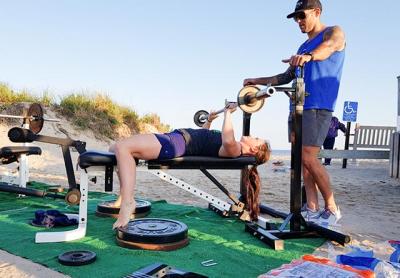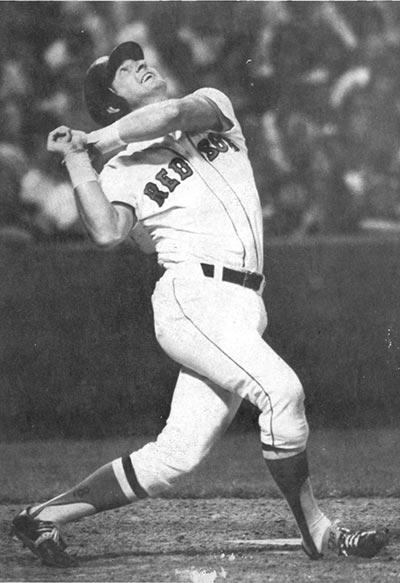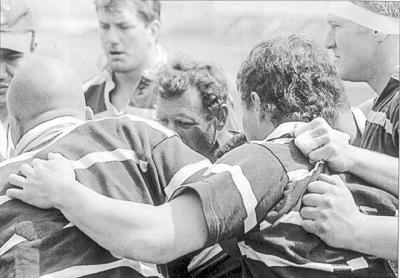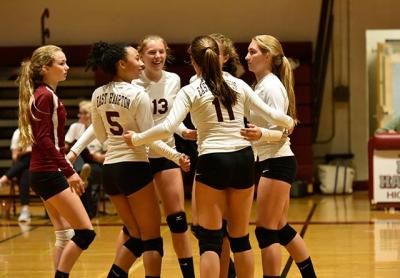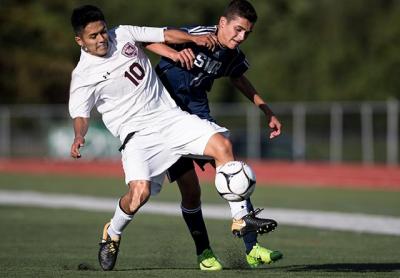Whaleboat Race Results, and Other 'Sports Briefs'
Whaleboat Race Results, and Other 'Sports Briefs'
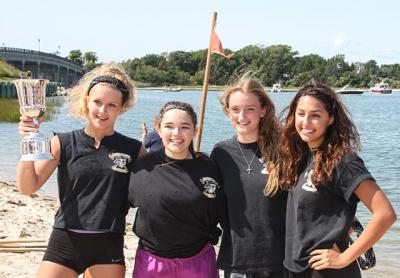
Whaleboat Races
The Sag Harbor Express’s men’s team, for the first time ever apparently, won the village’s Harborfest Whalers Cup in an exciting final Sunday in which the tiller on the perennial-champion Team Whalers’ boat snapped about halfway through the course, scuttling its chances. The Express was said to have edged the John K. Ott crew “by a foot.”
The Express’s whaleboat crew comprised two men and two women — Terry McShane, his nephew, Thomas McShane, and Danielle Knecht and Sara Maninno, subbing for Isabel Runge, who had to return to work in Boston.
The Lady Whalers, Maddie Martin, Kristin Pettigrew, Phoebe Miller, and Amanda Stanis, all of them high school students, won the women’s and the junior divisions.
Winners at E.H.I.T.
Jerry Cohen, one of the owners of the East Hampton Indoor-Outdoor Club, did well in recent tournaments there, winning, with Peter Newman, the men’s A doubles and the men’s 70-plus singles.
Other winners were Steve Camac, in men’s open singles; Rich Dunphy, in men’s A singles; Mort Seitelman and Joel Lefkowitz, men’s 70-plus doubles; Barbara Mueller, women’s open singles; Heather Gordon, women’s A singles; Heather Gordon and Lien Do, women’s A doubles; Heather and Seth Gordon, open mixed doubles, and Judy Carmichael and Anthony Maglione, mixed A doubles.
Bonac Sports
East Hampton High School’s field hockey team was 2-0 as of Tuesday, with 5-1 and 3-0 wins over Babylon and Greenport-Southold. Girls tennis, girls volleyball, boys soccer, and boys volleyball as of that day each had a win, while girls soccer was 0-3 and girls swimming was 0-1, having lost 100-88 at Connetquot Friday. The boys cross-country and girls cross-country teams and golf were to have opened their seasons here Tuesday.

